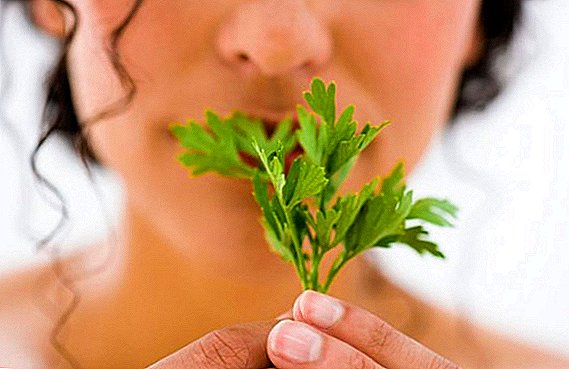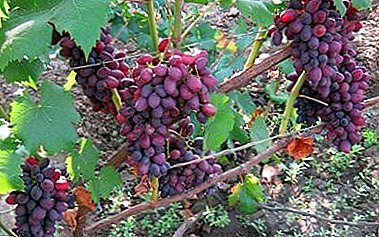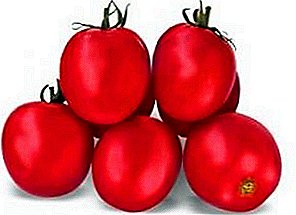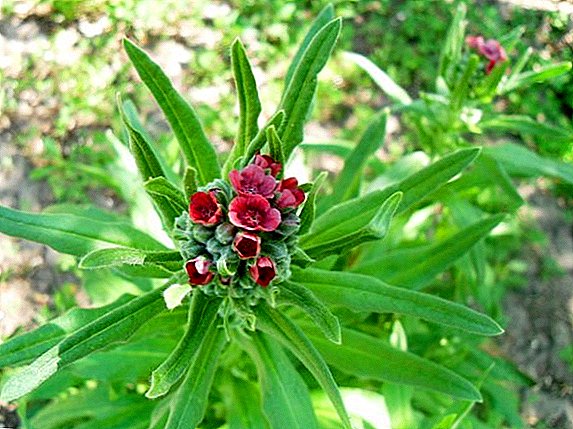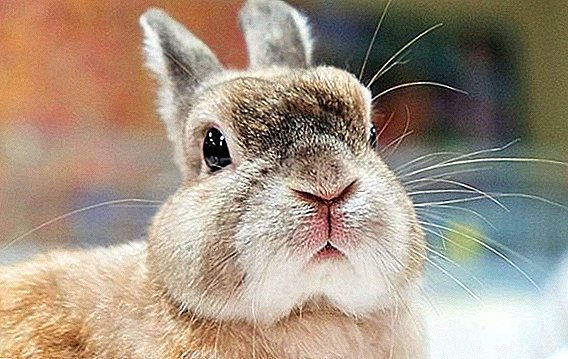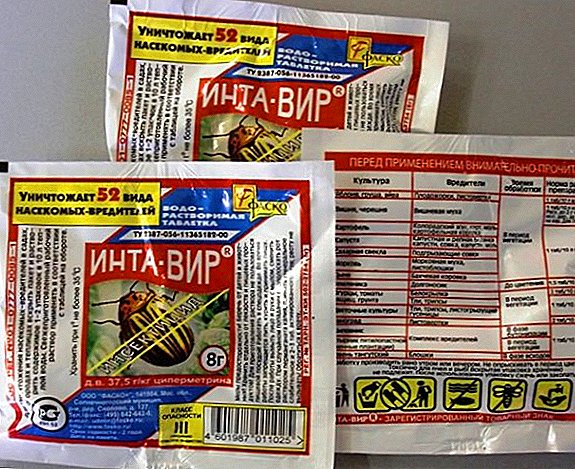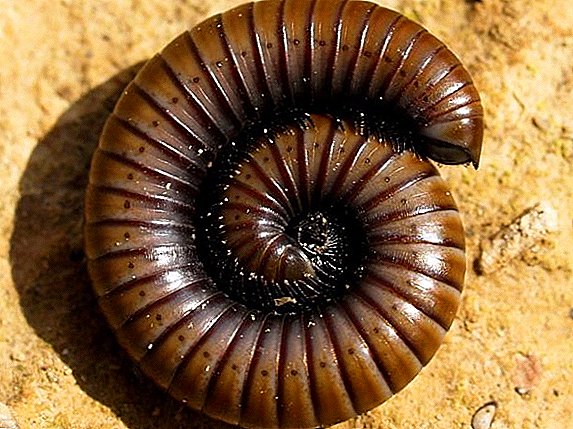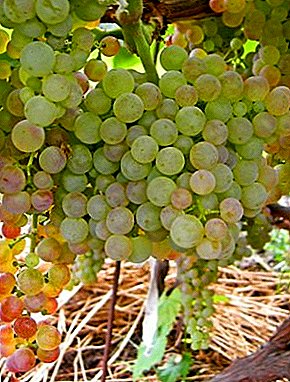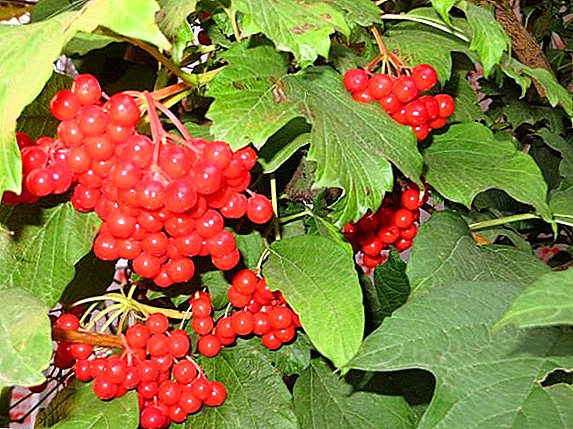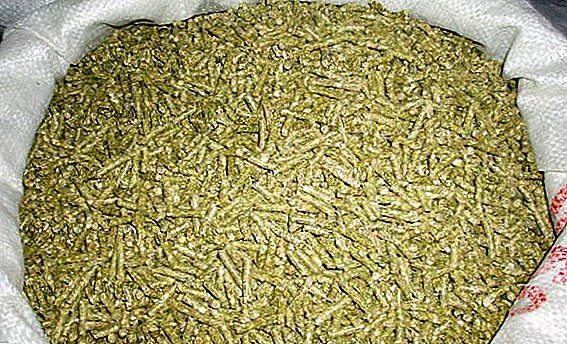 Rabbit breeders know that a balanced diet is a guarantee of animal health, and the quality of meat and fur directly depends on it. Combined granulated feed is an excellent option, because it contains all the necessary vitamins and trace elements for the correct weight gain of the animal, and also saves the owner from having to stock up on dry greens for the winter.
Rabbit breeders know that a balanced diet is a guarantee of animal health, and the quality of meat and fur directly depends on it. Combined granulated feed is an excellent option, because it contains all the necessary vitamins and trace elements for the correct weight gain of the animal, and also saves the owner from having to stock up on dry greens for the winter.
Pros and cons of pelleted feed
Feeding domestic animals with high-quality compound feeds is a convenient and correct solution, because such a diet is enriched with all necessary vitamins and microelements, and not only. 
The main advantages of such food are:
- saving time and effort on feeding;
- convenient use: giving the rabbits a certain daily rate (indicated on the package), you provide the animal with the necessary substances for the normal functioning of the body; in addition, such feeding eliminates the risk of obesity;
- suitable for fattening rabbits, because the combined food gives the maximum result in a minimum of time;
- the use of such food eliminates the need to make stocks of cereals;
- the necessary vitamins are contained in the granules in sufficient quantity in order to maintain the immunity of the animal.
Did you know? Rabbits have a unique vision. These members of the hare-like squad can see what is happening behind their back without turning their heads.
But despite the huge number of positives, feeding the feed has certain disadvantages:
- any kind of feed is relatively expensive, so this food is quite expensive;
- unscrupulous manufacturers: some feed companies use substandard products, which significantly reduces the usefulness of such nutrition.
Important! Most farmers who have been breeding domestic animals for a long time, make combined pellets themselves, which eliminates the risk of low-quality products getting into the feed.
The composition of the feed in granules for rabbits
All feeds are conventionally divided into 2 groups:
- full-length - with the addition of herbs and other essential trace elements, which allows you to maintain all the necessary balance in the animal's body;
- concentrated - granules, which are used as a basis, and when fed to them add coarse and juicy additional components (hay, straw, grass, etc.).

Main components
Both the first and second types of granular nutrition have a similar basic composition, which necessarily includes:
- grain (oats, barley, corn, millet);
- bran;
- a piece of chalk;
- salt;
- yeast;
- bone flour;
- sunflower and soybean meal.
It will be useful for you to learn how to feed the rabbits.
Auxiliary
As additional food units also add:
- meat and fish meal;
- vitamins and minerals;
- dry and fresh grass;
- antibiotics (rarely).

How to choose high-quality food when buying
To be sure that your favorite rabbits eat a quality product, you need to pay attention to several very important details when buying pellets:
- Food must be well packaged: plastic packaging must be tight.
- Look at the composition: nutrition in no case should not contain chemical additives and preservatives - only natural ingredients.
- Granules should have a glossy finish. Old grain has a matte unattractive color.
- The composition should be diverse: the more grain and other types of components it contains, the richer and more useful the feed will be.
- Fruits and vegetables should be well dried. It is advisable to look closely at them to identify mold.
Important! If you buy the same product for which there are no complaints and the rabbits feel well after it, it is better not to experiment and continue to feed them animals all the time.
Daily feeding rate
The daily allowance required for balanced nutrition of the animal is indicated on the manufacturer’s packaging and depends on the age and condition of the rabbits:
- uterine rabbits in the rest period - not more than 180 g;
- rabbits during mating - 230 g;
- pregnant females - 170-180 g:
- lactating females in the first 10 days - 170-330 g;
- lactating females from the 11th to the 20th day - 190-440 g;
- lactating females from the 21st to the 30th day - 200-560 g;
- Feeding females from the 31st to the 45th day - 230-700 g;
- monthly rabbit - 140 g;
- 2-3 months old baby rabbits - 250 g;
- 4 months old rabbits - 280 g;
- young stock after 120 days - 200 g

The rules for feeding rabbits are pretty simple:
- Most of all grains are consumed by lactating females and growing rabbits, therefore it is necessary to feed this category of animals in time.
- The babies are fed 6 times a day with crushed granules, since they are so far not large enough.
- If rabbits grow on a concentrated diet, then in the morning and in the evening it is best to give granules, and at lunch - juicy and rough food.
Important! Strictly follow the instructions, as these proportions help to completely saturate the body with all necessary. Overeating will not give any benefit, rather even the opposite will harm, since an excess of vitamins contributes to the appearance of hypervitaminosis, which can cause poisoning of the animal.
How to make granulated feed for rabbits with your own hands
In order to prepare granulated meals at home, in addition to the necessary products, you will also need special equipment, namely:
- Grain crusher Ground grain helps to achieve a homogeneous mixture. The best way is to grind the raw materials separately to a homogeneous mass and only then mix the components.

- Granulator. This device helps to process the crushed hay, grass, straw into a homogeneous mass. The resulting granules will have the same uniform composition.
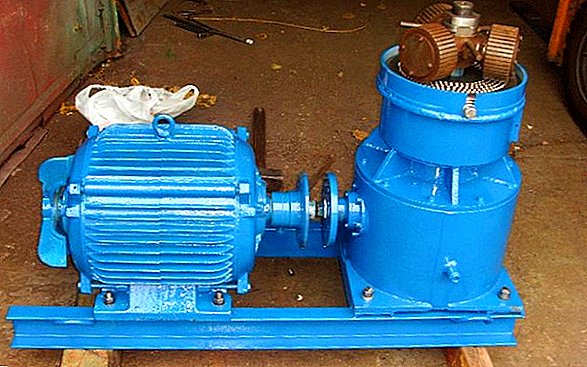
After preparing the equipment and buying the necessary products, it is time to figure out the proportions (this number is calculated for 1 kg of ready-made feed):
- barley flour - 200 g;
- corn flour - 100 g;
- wheat flour - 100 g;
- sunflower meal - 100 g;
- grass meal or hay - 400 g;
- soy - 55 g;
- bone meal - 22 g;
- yeast - 20 g;
- salt - 3 g
This recipe is suitable for feeding eared, which are raised for meat. But this is not the only recipe - there are many different combinations, the main thing is to correctly observe the proportions. And here is the perfect recipe for food for rabbits, feeding babies, and males during the breeding period (this number is calculated for 1 kg of ready-made feed):
- ground barley, oats, wheat - 200/200/125 g, respectively;
- chopped hay or grass - 300 g;
- sunflower cake - 130 g;
- fish and meat flour - 20 g and 10 g;
- yeast - 10 g;
- salt - 5 g
Important! In the absence of any component, it is better not to replace it with anything else, since the slightest mistake can instantly turn such a food from useful to harmful.
Seasonal differences in feeding
Summer is the perfect time to enrich organisms with essential substances, since it is in the summer that there is a huge variety of herbs, vegetables and fruits. Combined granules in the summer are given according to the usual schedule, and there are no peculiarities in the diet.  However, winter is the time of year when rabbits need to spend extra calories to heat their own bodies, so during this period one should be especially careful when feeding animals. Lack of vitamins in winter can cause a decrease in immunity and, as a result, various diseases.
However, winter is the time of year when rabbits need to spend extra calories to heat their own bodies, so during this period one should be especially careful when feeding animals. Lack of vitamins in winter can cause a decrease in immunity and, as a result, various diseases.
In the cold season, the best option is to switch to a full ration combined feed, which will completely eliminate additional products, while the body will be fully saturated with all substances. Also, some breeders recommend slightly increase the portion per day, namely, add 1 more feeding.
Did you know? Chewing food thoroughly is exactly about rabbits, because this animal makes at least 120 chewing movements per minute while eating, and the number of taste buds in the mouth reaches about 20 thousand.
So, granulated food is an ideal "dish" for eared pets in both summer and winter. It is quite simple to make this product at home and will not take much time, but it requires expensive equipment, but there is a way out here - to feed your pets with purchased feed, the main thing is to find a quality product and a bona fide manufacturer.




